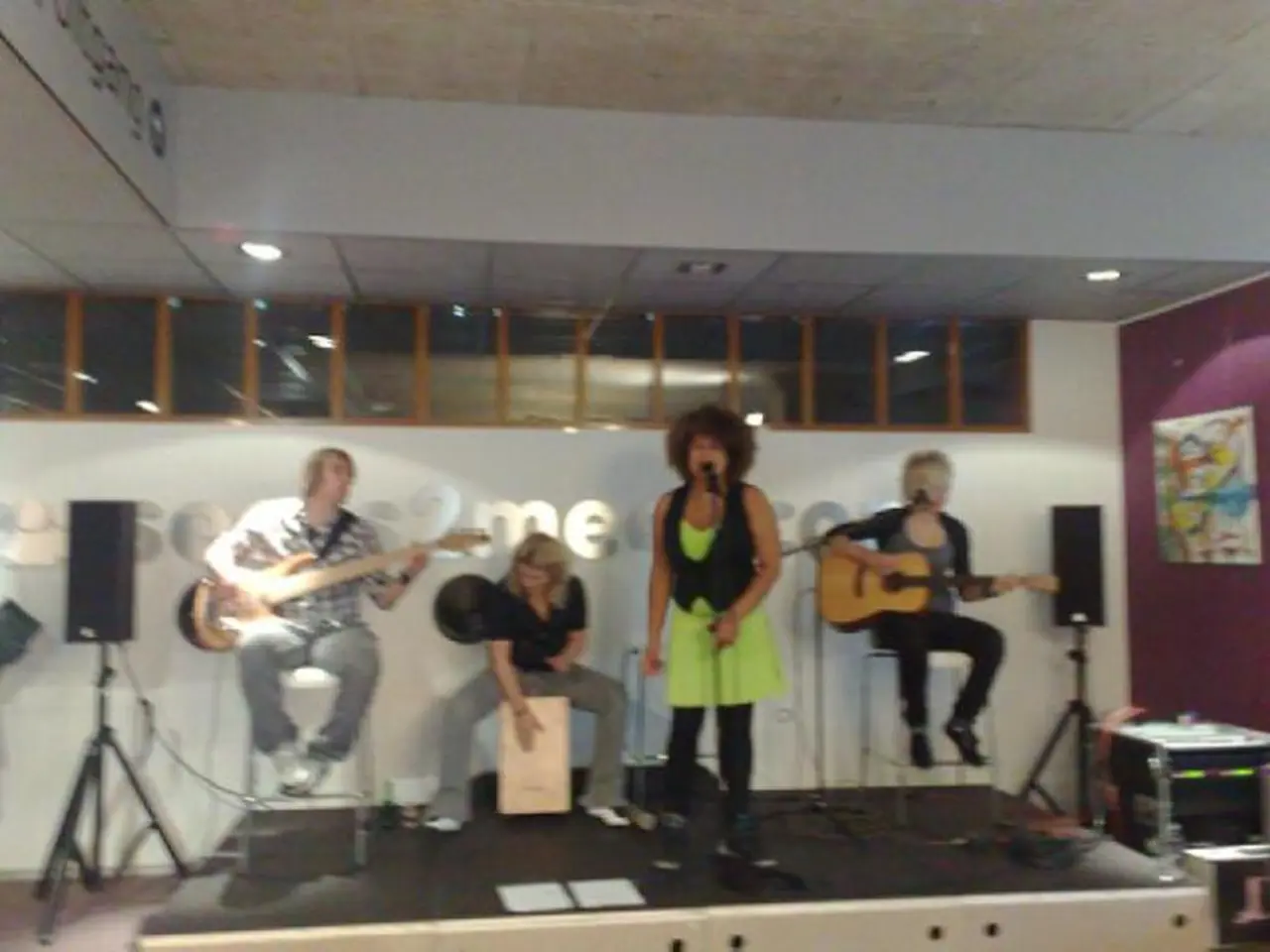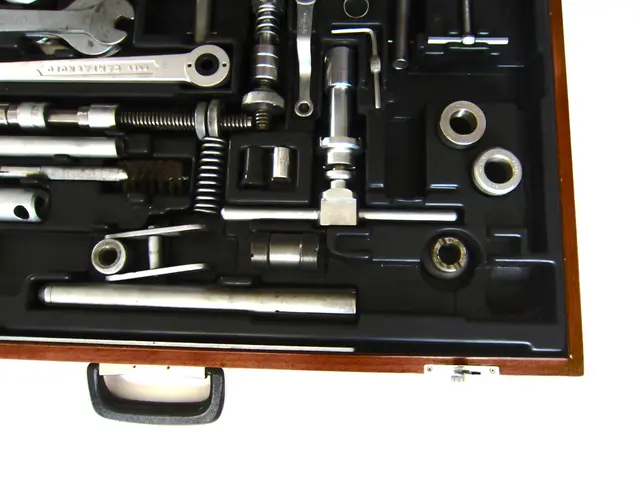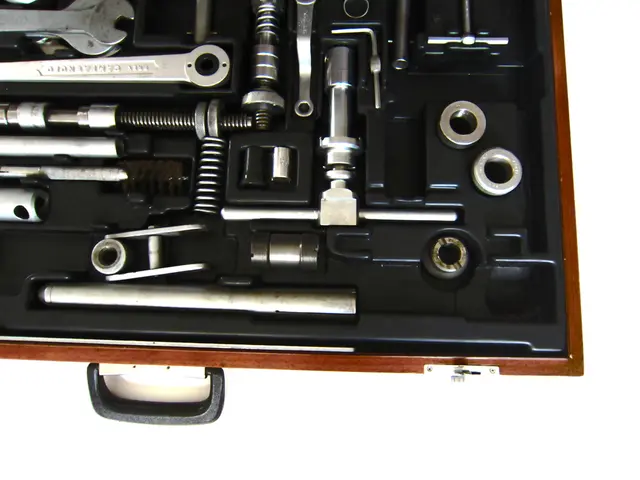Understanding Convolution Reverb: Comprehensive Overview
In the world of audio production, capturing the authenticity of retro gear can elevate your mixes to new heights. One powerful tool that helps achieve this is the use of convolution reverb plugins, which simulate the acoustics of real-world spaces.
One standout free option is MConvolutionEZ by MeldaProduction, part of the MFreeFXBundle. This plugin is highly stable, CPU-efficient, and offers essential controls like pre-delay, length, width, and high-pass/low-pass filters. It's particularly popular for adding realistic room ambience to guitar cabinet and room simulations without sounding distant or washed-out [1].
While other free reverbs exist, MConvolutionEZ stands out as a straightforward, effective free convolution reverb option. It's worth noting that other free plugins, such as Valhalla SuperMassive, are algorithmic rather than convolution-based [3].
Beyond simply applying reverb, there are several techniques to explore. For instance, using an EQ, you can further tweak the frequency response of the Impulse Response (IR), enhancing its adaptability. Reversing reverb tails creates haunting and ethereal effects that build anticipation in a track.
Layering multiple reverb types, such as combining short and long decay times, enriches your sound design subtly without muddying the mix. Plugins like convolution reverb can help blend these vintage sounds seamlessly into modern audio projects, offering a diverse auditory experience.
Exploring advanced techniques in convolution reverb can enhance creative sound design and expand your sonic palette. Custom impulse responses let you tailor the acoustics of real or virtual spaces, while adjusting the pre-delay and decay time to sync with your rhythm or tempo dynamically alters a sound's flow, providing unique sonic textures.
Dual mono tracks allow greater control over reverb placement, enhancing certain elements without overwhelming the mix. Positioning impulse responses to maintain a consistent tonal balance across the stereo field helps create a wide and balanced stereo image.
Using convolution reverb as a send effect rather than an insert helps preserve the original signal while allowing the reverb to blend naturally with the source. Some plugins include features like customizable reverb tails, allowing you to elongate or shorten them as needed.
Layering sounds with contrasting reverb tails produces rich and immersive soundscapes, offering listeners an enriched auditory experience. Adjusting the width of your reverb through parameters such as pre-delay and decay time helps tailor the stereo space to suit different audio environments.
Modulation effects add unique textures by periodically varying parameters, making reverb more lively and dynamic. Capturing impulse responses of your vintage hardware for later use with digital plugins preserves its unique character. Matching your IRs to the environment you wish to emulate adds genuine spatial characteristics to your audio.
Many convolution reverbs today come with advanced features offering deeper customization options, such as modulation effects. Look into plugins with enhanced visualization tools. These let you see changes in reverb characteristics as you adjust parameters, offering intuitive guidance in shaping the perfect sound.
Customization can involve manipulating reverb settings like early and late reflections. Adjusting these alters the space perception, allowing finer control over how sound interacts with environments. Integrating vintage hardware with modern plugins can offer the best of both worlds.
In conclusion, convolution reverb is a versatile tool that allows personalization of sound design by altering impulse responses and advanced features. By exploring these techniques and plugins, you can enhance your audio productions and create unique, immersive soundscapes.
[1] [Source] [3] [Source]
Read also:
- Samsung's Frame TV, deemed "stunningly beautiful," offers a generous discount of over $400, perfect timing for the upcoming Super Bowl.
- Ford's Revisited Capri: A Contentious Revival for a Legendary Brand Name
- Rivian is developing a steering system without direct mechanical connection, along with rear wheel guidance (latest update)
- Driving 90 miles on I-35 in my fresh Tesla Model Y equipped with FSD, I witnessed the self-driving technology's striking impressiveness, prompting my cousin to contemplate purchasing one for his elderly father.




